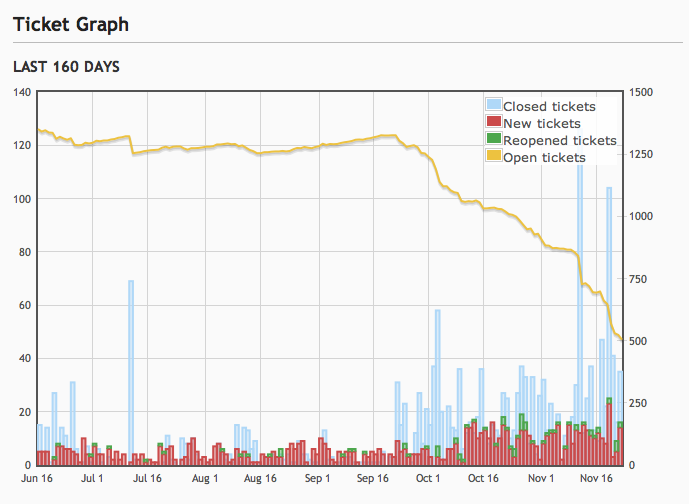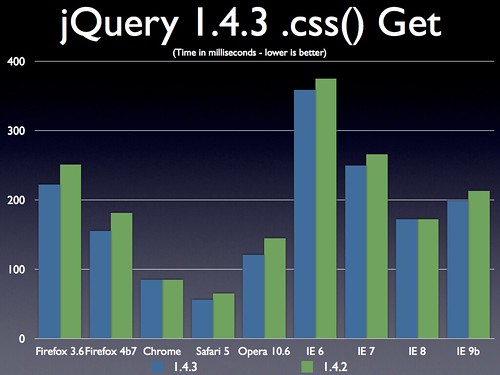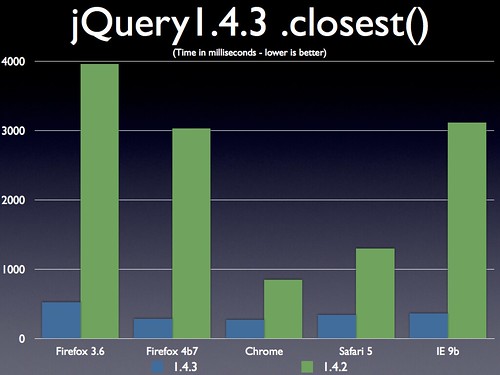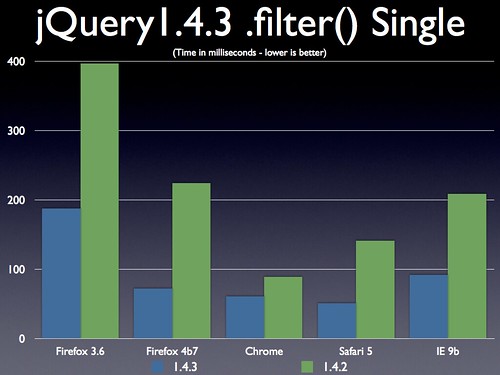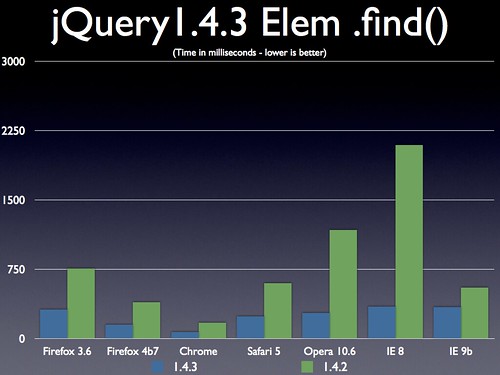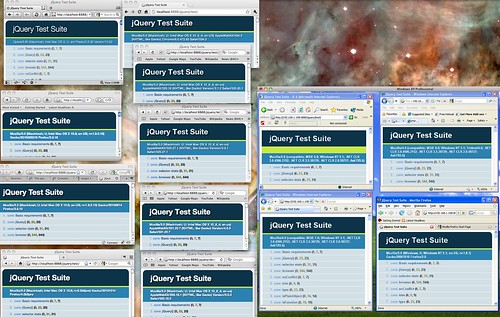
Welcome to the November jQuery Community Update.
We hope you enjoyed yesterday’s special spotlight on the jQuery Bug Triage team. In this month’s community update we’ll be looking at updates from the jQuery team, important announcements and a new spotlight section where we highlight some of the jQuery articles that we think you’d find useful. Let’s dive right in!
jQuery won the Packt Publishing award for best Open Source JavaScript Library
We are pleased to announce that this month jQuery won the Open Source JavaScript Libraries category in the 2010 Open Source Awards. On behalf of the entire jQuery Team we would like to express our thanks to the community of designers and developers that use jQuery daily and felt the urge to vote for jQuery as their favorite JavaScript library.
We would also like to thank Packt Publishing for the award itself. We’ll be using this prize to further the development of the jQuery Project.
Adobe Embraces jQuery

You may have heard that jQuery creator John Resig was at Adobe MAX last month to help announce that Adobe is embracing jQuery in a few of its applications. One of the exciting developments that were announced included jQuery Mobile support from inside Dreamweaver and also that Adobe would be using jQuery as the basis of for the animations generated using their Edge tool.
New jQuery UI and Mobile Releases For November
In case you missed it, jQuery UI 1.8.6 was released earlier this month. Along with official support for jQuery 1.4.3, this update included bug fixes and enhancements for jQuery UI Core, the Widget Factory, the Mouse widget and the Position utility as well as the Accordion, Autocomplete, Button, Datepicker, Dialog, Progressbar, and Tabs widgets and you should definitely check it out. For more about this release check out the following link:
http://blog.jqueryui.com/2010/11/jquery-ui-1-8-6/
Our third milestone release for jQuery UI 1.9 is also now out. This features the new Spinner widget (currently in active development) and also includes significant updates to the Tooltip and Menu widgets. Milestone releases make it easier for developers to try out new widgets before they’ve been finalized so that we can get your feedback on them earlier on in the development lifecycle. To read more on this see:
http://blog.jqueryui.com/2010/11/jquery-ui-1-9-milestone-3-spinner/
As part of a major overhaul of the jQuery UI API, we’d also like to invite the community to provide feedback on the first set of proposed changes to jQuery UI’s API starting with the Accordion. Scott Gonzalez has a complete break-down of these changes available here:
http://blog.jqueryui.com/2010/11/accordion-api-redesign/
You may also be interested to hear that we released a second alpha release of the jQuery Mobile project this month. This release included a number of bug fixes and enhancements to the original jQuery Mobile Alpha 1 release. Read more about this new release below:
http://jquerymobile.com/2010/11/jquery-mobile-alpha-2-released/
jQuery 1.4.4 Now On The Google CDN
If you prefer linking to jQuery on Google’s CDN you’ll be pleased to know that jQuery 1.4.4 can now also be accessed on their servers. If you would like to link to this you can either use:
https://ajax.googleapis.com/ajax/libs/jquery/1.4.4/jquery.min.js [Minified]
https://ajax.googleapis.com/ajax/libs/jquery/1.4.4/jquery.js [Unminified]
Upcoming jQuery Training Events
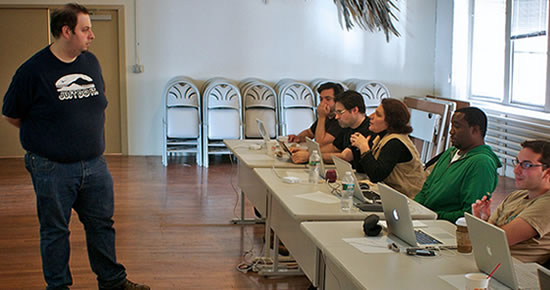
Group training is a great way to improve your jQuery skills and Ben Alman over at Bocoup would like to make an announcement about upcoming events they’ll be holding soon:
“Bocoup is once again offering our 3-Day Comprehensive jQuery Training. Sessions will be held at The Bocoup Loft in Boston, and 10% of profits will go directly to the jQuery Foundation. We’ve just posted dates for Q1 2011, so be sure to sign up now since class sizes are limited.”
Wednesday – Friday, January 5th – 7th, 2011
http://training.bocoup.com/comprehensive-jquery-training-2011-01-05/
Wednesday – Friday, March 2nd – 4th, 2011
http://training.bocoup.com/comprehensive-jquery-training-2011-03-02/
jQuery Podcast Episodes 38 & 39 With John Resig, Creator Of jQuery



We have two fantastic new episodes of the Official jQuery Podcast for you this month – episodes 38 and 39 feature jQuery creator John Resig and you can stream them online or download them via the links below:
Episode 38 – jQuery 1.4.3 http://podcast.jquery.com/2010/10/29/episode-38-jquery-1-4-3/
Episode 39 – jQuery Mobile http://podcast.jquery.com/2010/11/10/jquery-mobile/
Community Spotlight
CSS Hook Extensibility in jQuery 1.4.3+
cssHooks allow you to “hook” in to how jQuery gets and sets css properties. This means that you have the ability to create a cssHook to help normalize differences between browsers, or to add some missing functionality from the stock jQuery.fn.css(). David Petersen’s fantastic article on cssHooks caught our attention and we think it could come in useful in your projects.
VisualStudio VSdocs are now available for jQuery 1.4.3 & 1.4.4
Intellisense can be quite an important feature for Visual Studio 2010 developers and as VSdocs for jQuery 1.4.3, 1.4.4 and Mobile are quite commonly requested, we wanted to remind you that these can be downloaded at the following link, courtesy of appendTo().
Essential JavaScript & jQuery Design Patterns For Beginners
In this free online book you can learn about the advantages of using design patterns in your JavaScript and jQuery applications. Sample code is provided for both and as the book is written with beginners in mind, it’s easy to pick up some of the lessons it teaches.
And that’s it. We look forward to posting another update in a few weeks, but until then good luck with all your jQuery projects!.
